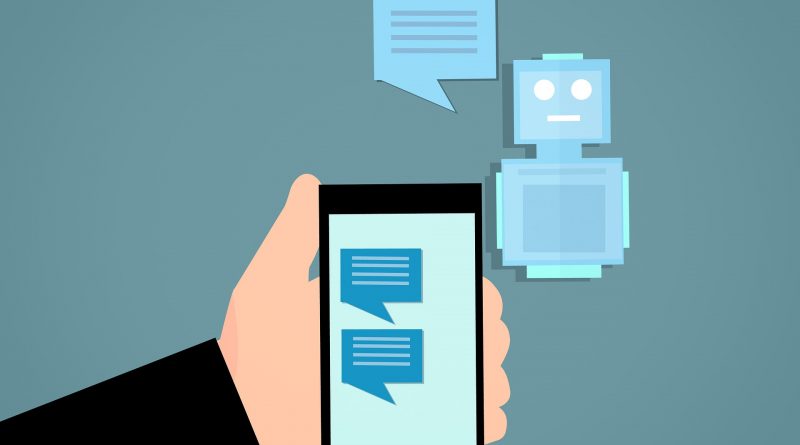Is chat based e-commerce the next best customer acquisition & rentention channel?
Chatbots in business? In every job I’ve had over the last ten years or so, I’ve mapped out ever complex customer journeys on behalf of clients to understand how to best optimise, delight & deliver to those users. I’ve done this in FinTech, PharmaTech, Automotive & Retail to name a few! Trying to find elegant and frictionless ways of engaging with users is becoming more of a challenge each day as those very users become so much more sophisticated in how they consume services from brands.
Are websites now old hat?
Messaging is the new browser, for sure. For the first time ever, messaging apps such as Facebook’s Messenger & WhatsApp service, to Viber and WeChat, these are infinitely now more popular than social networks. AI chatbots are becoming a part of the product mix alongside web & mobile apps.
David Marcus – Head of Facebook Messenger said this
‘It’s the beginning of a brand new era – there was web, then mobile, apps and now bots. It is an incredibly powerful paradigm shift ‘
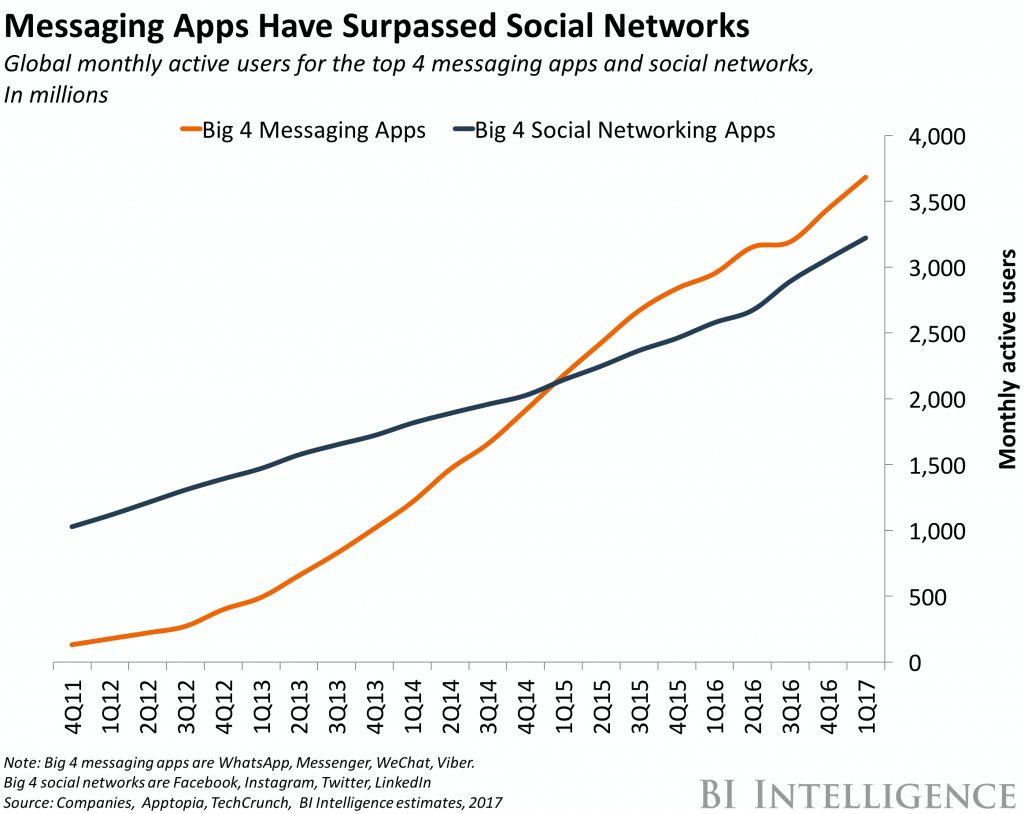
People spend their time in messaging apps, and if you are a business who wants to go where your customers are, then you need to get inside messaging. Interestingly, Gartner predicts that by 2020, customers will manage around 85% of their relationship with the enterprise without ever interacting with a human. This makes a compelling argument to start using Chatbot and AI technology to augment all the data we collect on one another to provide positive & useful experiences for customers.
Enter the chatbot.
Chatbot’s are excellent for omni-channel customer engagement using a combination of machine learning and baked-in quasi intelligence to help customers self-serve with even complex issues. You can cut down customer frustration, the load on contact centres and subsequently reduce costs because of it. It’s no surprise that chatbot’s are on a very steep upward curve.
Be under no illusion in that you’ve probably already spoken to a robot and haven’t even thought about it. Companies such as H&M, Nike, Uber, CNN, Taco Bell and others all use chatbot technology
Remember Microsoft’s Clippy? That annoying-as-fuck paperclip icon that used to pop up with irritating frequency offering you help on grammar, spelling and page formatting? Well we’re a long way from there these and with such big data & machine learning at our disposal, I think chatbots are not only going to stick around, but most likely entirely change the way we experience content. Forget on-page UX, the next big interface is going to be voice & messaging. And they are getting crazy accurate.
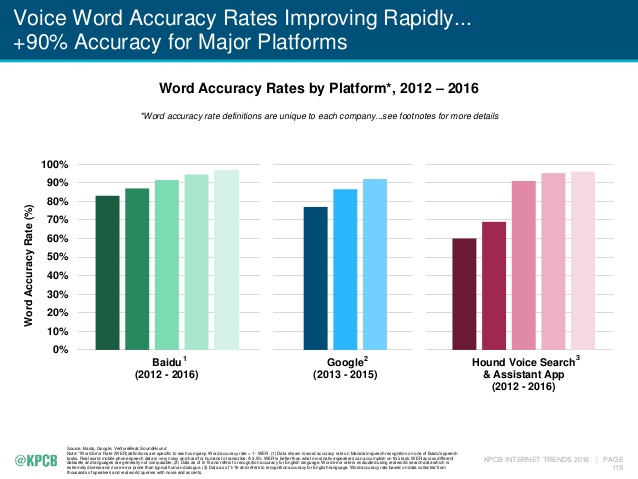
Machine Learning & Big Data.
Machine learning means that chatbots are increasingly able to handle ever complex tasks whilst being more credibly human – (see this demo from Google here where Google’s AI assistant books everything from a table reservation at a local restaurant to a hair appointment for a client). Creating hyper-personalised and relevant experiences for customers is the best way to gain their trust & build a lifetime bond. Winning customers in this way is the long game which can potentially allow you to win big!
Why is interest so high?
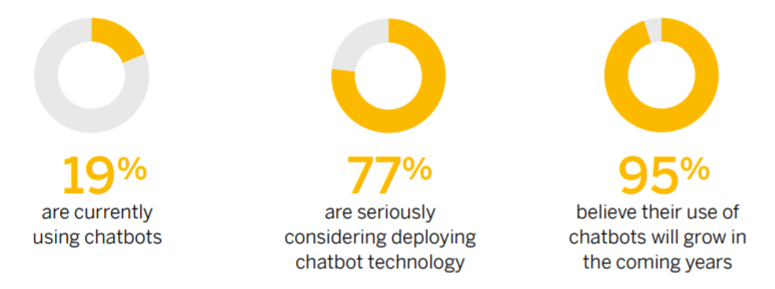
Chatbot technology is increasingly interesting to organisations particularly because the barrier of entry is lowered all the time. Whilst initially building bots needed you to grapple with a couple of vendors SDK and required huge NLP experience and understanding of logic & APIs, new cloud vendors such as Instabot now allow a point-and-click build experience allowing even the smallest of companies to build a bot at marginal cost.
The benefits are huge from the automation of simple tasks such as password resets or customer enquiries a chatbot can augment your service proposition by taking load of your real physical staff and providing an experience to your customers which backs up your brand. Sophisticated chatbots that draw on NLP and deep learning can provide increasingly rich & immersive experiences not to ‘replace’ a human or trick a customer into thinking they are speaking to one, but to simply provide a natural habitat for customers to engage with brands without putting load on human resource.
If we look at big data, here’s some statistics which may interest you. But you really must stop to get your head around this. 90% of the worlds existing data has been created within the past two years. TWO YEARS. According to IBM between people & machines over 2.5 quintillion bytes of data are created DAILY! And IBM also predict that more than 30 billion devices will be wirelessly connected to the Internet by 2020. These stats literally make the hairs on the back of my neck stand on end!
SAP’s recent Hybris Survey
I’ve recently read the SAP survey (some of the stats here on this blog post are from there) which says that improved efficiency and increased customer satisfaction were the top two benefits of chatbot tech with 60% of respondents rating these factors as either ‘important’ or ‘very important’.
These were followed closely by increases in customer conversation (55%), cost effectiveness (53%) and better use of human resources (45%).
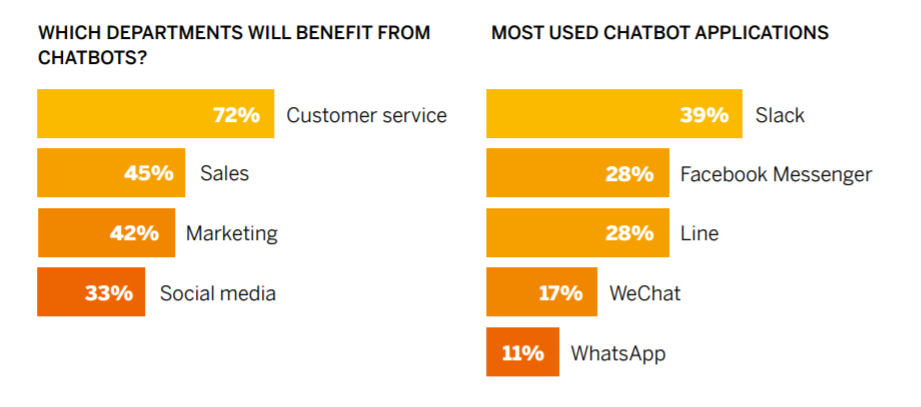
One market catalyst driving the adoption it would seem of chatbots is a behavioural shift rather than a technology one. In 1992 the first SMS was sent over the GSM platform by Vodafone engineer Neil Papworth to a colleague Richard Jarvis and simply read ‘Merry Christmas’. By today’s standard though, SMS is primitive by comparison so it’s ironic that messaging tech has evolved to become one of the most dominant channels to interact with customers. Think iMessage, WhatsApp, Facebook Messenger, all natural habitat now and used by the billions.
Messaging platforms are so deeply engrained in our social fabric they have now made the leap into business for both B2B and B2C. From ordering Taxi’s to Pizzas, Drs consultation with one of my own companies (lifely.io) to finding out what that woman is wearing in front of you with platforms such as Lux.
We won’t get taken over just yet.
Using Chatbots (despite everything I’ve mentioned about AI) can still be problematic for things other than simple tasks. It’s totally expected (by Forrester at least) Chatbots will play a central role in ecommerce in the years to come, but without integrated payment functionality for example the use cases for chatbots as a sales tool is currently limited.
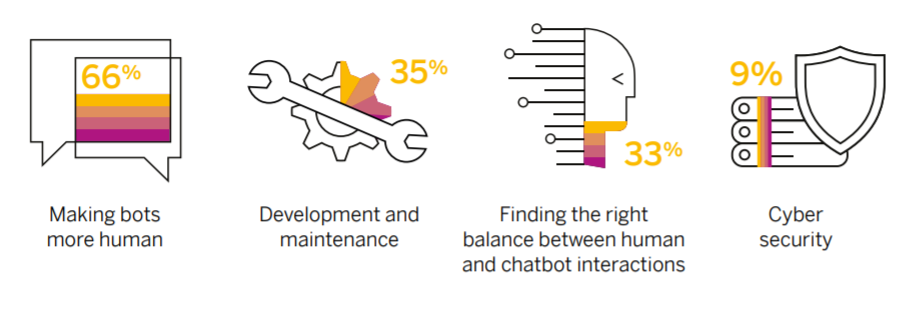
Chatbots are only as clever as the words that are fed to them. If you remember, Microsoft built Tay which was subsequently exploited online by users, getting it to say ‘bad stuff’ resulting in Microsoft taking the bot down. Chatbots need training and users should be careful about how chatbots are deployed & onboarded within companies and understand fully first, the constraints they are working with. Even with these developmental limitations though, reducing complicated confusing processes which cripples businesses down to a natural conversation which is free flowing & friction free is potentially very powerful.
Instabot
I’ve worked with Instabot, which allows you to develop really high quality customizable chat bots using simple boolean logic, and even with advanced API branch out features usually only found in Microsofts bot SDK or others of similar complexity. What I’m finding is a business wanting to deploy a bot doesnt now have to be wedded to a grumpy developer and spend thousands, with some clever strategic business planning you too can have a robot work force!
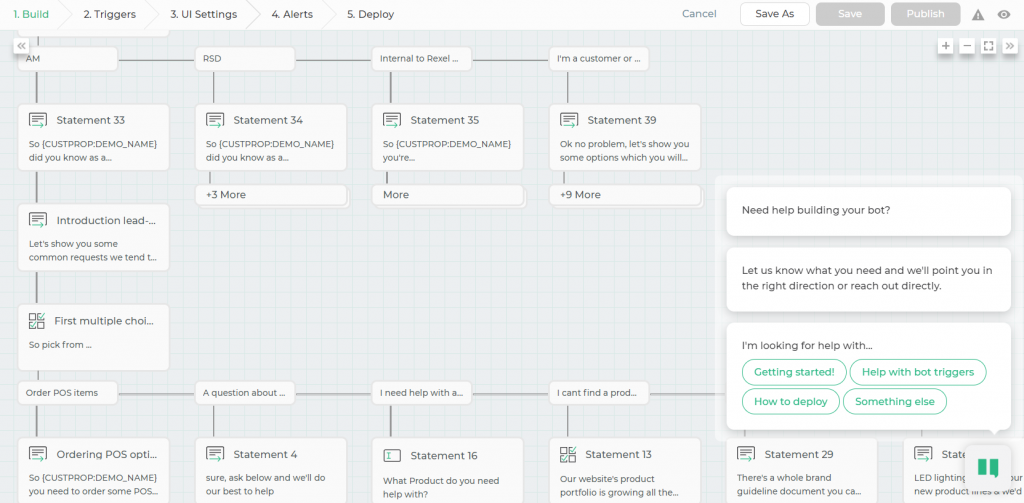
In summary
If you want to discuss how adding a conversational interface could really help your online offering, get in touch with me over at Twitter @mariodc

